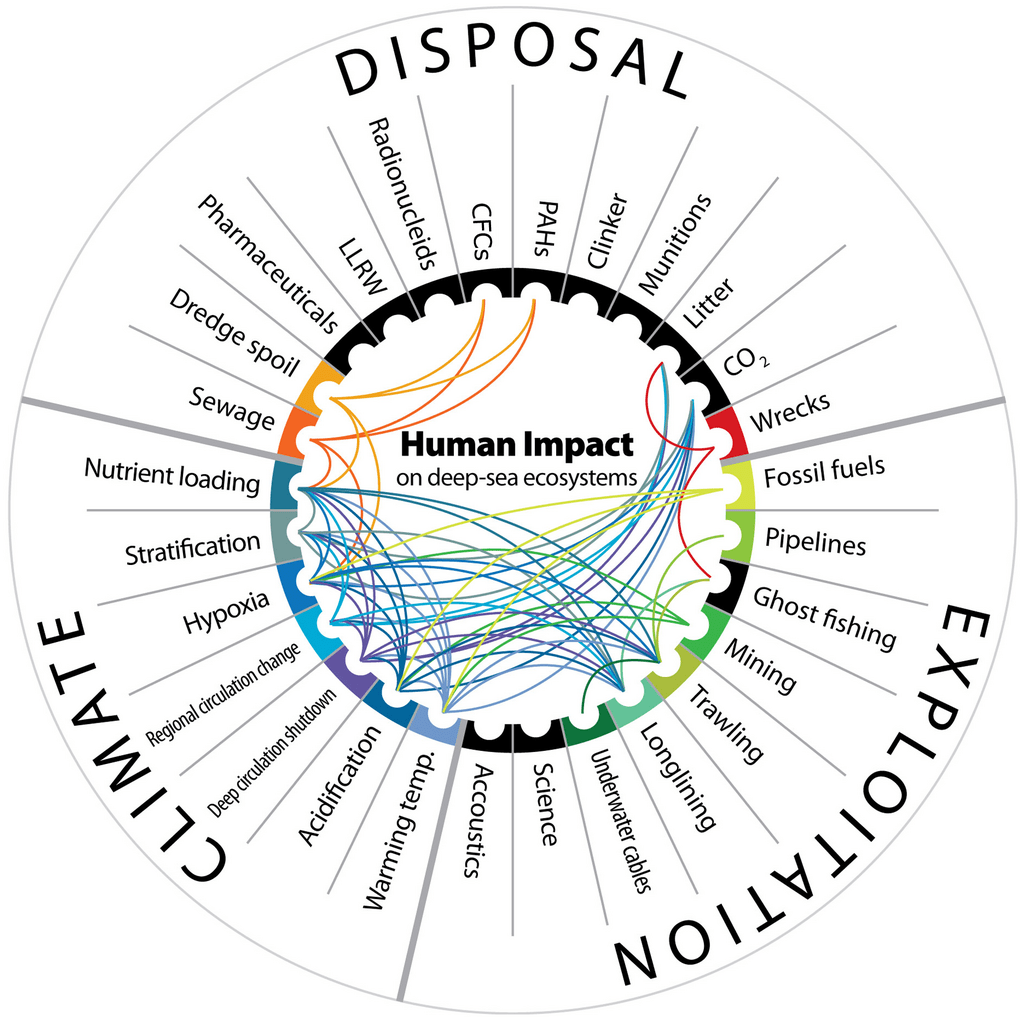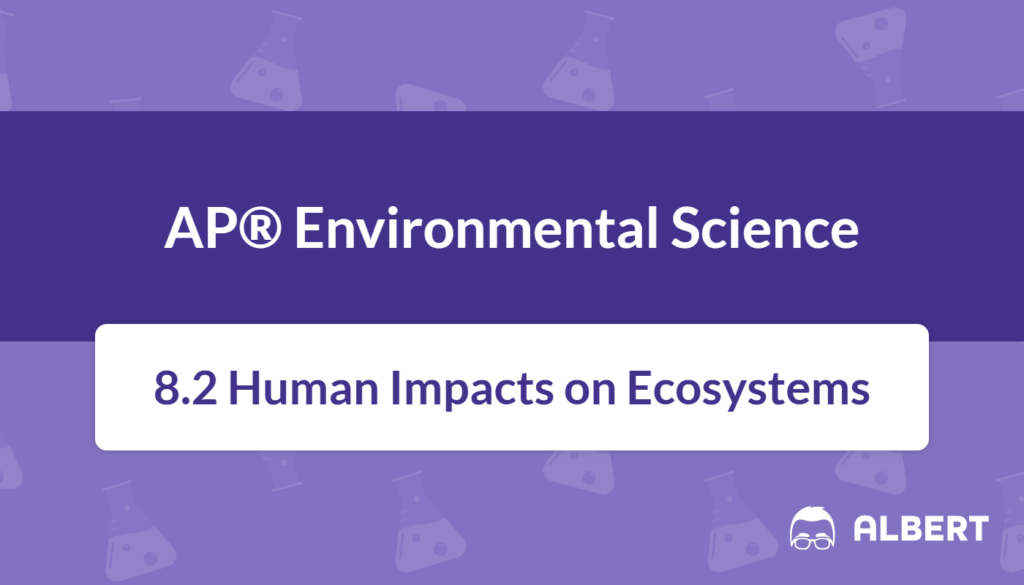What We Review
Introduction
Human activities have altered ecosystems worldwide, causing profound changes to environmental balance and biodiversity. These disruptions can affect organisms’ ability to carry out basic life processes, ultimately threatening entire communities of plants and animals. Therefore, examining how human impacts on ecosystems is crucial to protecting the health of our planet for future generations. This article focuses on aquatic environments—including coral reefs, oceans, and freshwater systems—where pollution and habitat damage are clear signs of human influence. By understanding causes, consequences, and potential solutions, it becomes easier to see how sustainable practices can help preserve these vital ecosystems.
Overview of Ecosystem Homeostasis
Ecosystem homeostasis refers to the steady state through which organisms and their environment maintain balance. An organism’s optimum range for factors like temperature or pH is where it experiences minimal stress. Outside this comfortable zone, it may face limited growth or, in severe cases, death. In aquatic environments, fish, plants, and other species depend on stable conditions to survive.
Concept Explanation
Homeostasis ensures that organisms operate efficiently within their specific range of tolerance. When pollutants or sudden temperature shifts interfere with this range, physiological stress often follows. An organism has an “optimum range” where it can function best. If conditions deviate significantly—even by a few degrees—life becomes difficult for sensitive species.
Example: Temperature Tolerance in Freshwater Fish
Freshwater fish offer a clear illustration of homeostasis. Suppose a native fish species in a local stream has an ideal temperature range of 18^\circ\text{C} to 22^\circ\text{C}. If wastewater discharged into that stream raises the temperature above 25^\circ\text{C}, the fish may experience increased metabolic rates, lower oxygen availability, and difficulty reproducing. Next, if temperatures continue to climb, many fish can no longer survive, transforming the ecosystem and reducing biodiversity.

The Dangers to Coral Reefs
Coral reefs are among the most diverse aquatic ecosystems on Earth. These structures support thousands of marine species and also provide economic benefits through fishing and tourism. However, corals are acutely sensitive to ocean temperature changes and other stressors.
Concept Explanation
Corals rely on symbiotic algae known as zooxanthellae to obtain essential nutrients. When water temperatures rise beyond the narrow tolerance limit, corals expel these algae, losing their vibrant coloration in a process called coral bleaching. This bleaching weakens corals and often leads to increased mortality. Destructive fishing practices and sediment runoff also apply additional stress, further diminishing coral health.
Example: Steps of Coral Bleaching
- Ocean temperatures increase due to global climate change or localized pollution.
- Corals become stressed and expel symbiotic algae.
- The reef appears white or “bleached” and is more vulnerable to disease.
- If conditions do not improve, corals die, harming fish and other reef organisms that depend on reef habitats.
Therefore, understanding the severity of coral bleaching can motivate solutions such as reducing waste, managing runoff, and limiting damaging fishing techniques.
The Impact of Oil Spills
Oil spills are catastrophic events where crude oil or refined petroleum products enter the ocean or coastal areas. Even a small amount of oil can have long-lasting effects on marine ecosystems. The hydrocarbons in oil are toxic to many organisms, killing fish, seabirds, and marine mammals.
Concept Explanation
Marine animals often suffer direct harm when oil coats their fur or feathers. Birds lose the insulation needed to maintain normal body temperatures. In addition, heavier oil fractions can sink to the ocean floor, killing bottom-dwelling species. Oil spills also have serious economic effects, especially for the fishing and tourism industries.
Example: Aftermath of the Exxon Valdez Oil Spill
- The Exxon Valdez tanker ran aground in Prince William Sound in 1989, releasing millions of gallons of crude oil.
- Oil spread across beaches, smothering marine life and contaminating fish stocks.
- Fishing communities faced reduced catches, while tourism declined due to unsightly, polluted shores.
- Clean-up efforts occurred over many years, illustrating the cost and complexity of remedying large-scale spills.
Consequently, many lessons were learned about emergency response, tanker design, and the need to consider wildlife protection plans.
Dead Zones in the Ocean
Dead zones are low-oxygen or hypoxic regions in the ocean where few organisms can survive. These areas often result from nutrient pollution, which spurs algal blooms and subsequent oxygen depletion as algae decompose. Increased nutrients can create widespread issues for marine survival.
Concept Explanation
When fertilizer runoff carries excess nitrogen and phosphorus into coastal or estuarine zones, algae flourish. Once the large algal bloom dies, bacteria break down the organic matter, using up dissolved oxygen. This process can lead to an oxygen sag curve, which plots how oxygen levels fall as distance from the pollution source increases.
Example: The Eutrophication Process
- Fertilizer runoff from agriculture enters rivers and flows into coastal waters.
- Algae grow in abundance, stimulated by the surplus nutrients.
- Algae die and decompose, consuming available oxygen.
- Oxygen levels plummet, creating a dead zone where aquatic life either moves away or dies.
As a result, local fisheries suffer, and biodiversity declines significantly.
Consequences of Heavy Metals and Water Pollution
Heavy metals such as mercury and lead can accumulate in aquatic environments when industries discharge waste or fossil fuels are burned. These metals often reach groundwater and pose serious risks to drinking water supplies. Because they are not easily broken down, heavy metals persist in food webs, magnifying in concentration as they move from lower to higher trophic levels.
Concept Explanation
Mercury released into waterways can be converted by bacteria into methylmercury, a highly toxic form that builds up in fish tissues. When humans consume contaminated fish, concerns about neurological and developmental damage arise. Thus, heavy metal pollution has broader public health consequences in addition to harming aquatic organisms.
Example: The Journey of Mercury
- Industrial runoff or airborne emissions deposit elemental mercury into rivers.
- Bacteria in aquatic environments convert mercury into more toxic methylmercury.
- The contaminated mercury moves progressively up the food chain—starting with plankton, moving to smaller fish, then to larger predatory fish.
- Humans ingest mercury by consuming these top-level fish, risking health problems.
Therefore, strict regulations on industrial emissions and safe disposal methods can mitigate this issue.
The Problem of Litter in Aquatic Ecosystems
Litter includes plastics, microplastics, discarded fishing gear, and other waste that washes into rivers and oceans. These items pose choking and entanglement hazards for marine life. Additionally, plastic particles can leach chemicals into the water or be mistaken for food by wildlife.
Concept Explanation
When sea creatures consume plastic bags or straws, blockages can occur in their gastrointestinal tracts. Over time, plastic fragments may release toxins into the tissues of both animals and those who eat them, including humans. Beyond its aesthetic impact, litter disrupts ecological balance and contaminates seafood.
Example: The Effect of Plastic Straws
- Straws disposed of in trash bins often end up in waterways due to improper waste management.
- Marine animals, such as sea turtles, may accidentally ingest or become impaled by these straws.
- Internal injuries and toxicity risks rise, decreasing survival rates.
- The material eventually breaks down into microplastics, prolonging environmental harm.
Hence, even seemingly harmless everyday objects can accumulate and harm aquatic ecosystems.
Sedimentation Effects on Freshwater Ecosystems
Increased sediment in rivers and streams can block sunlight and damage habitats. This disturbance often occurs when logging, mining, or construction activities remove natural vegetation that stabilizes soil. High sediment loads can reduce visibility for predators and impede photosynthesis in aquatic plants.
Concept Explanation
Lower light levels mean submerged plants cannot photosynthesize effectively, resulting in less oxygen production for the ecosystem. Moreover, sediment can settle in fish egg-laying areas, smothering eggs and reducing successful hatching rates. Over time, the structure of the riverbed may change, making it harder for certain species to find shelter.
Example: Sediment Impact on a Local Fish Population
- A nearby construction site increases erosion, sending excess soil particles into a stream.
- Light penetration decreases, reducing photosynthesis in aquatic plants.
- Fish that rely on clear water for hunting face difficulties locating prey.
- Sediment buries fish eggs and disrupts spawning grounds.
Therefore, erosion control measures, such as silt fences and vegetative buffers, can significantly lower sedimentation.
Understanding and Mitigating Human Impacts
Various strategies can help reduce the adverse effects of human activity. Proper planning and regulations, along with community awareness, make essential differences in preserving aquatic ecosystems.
Possible Solutions
- Engage in sustainable fishing: Limiting catch sizes and implementing selective gear can maintain fish stocks.
- Develop faster clean-up methods for oil spills: Skimmers, booms, and bacterial treatments reduce damage and protect shorelines.
- Decrease plastic use: Switching to reusable bags and bottles can keep many items out of oceans.
- Control agricultural runoff: Using precision fertilizer application and buffer strips helps lower nutrient pollution.
- Increase awareness: Educational campaigns inform communities about homeostasis, coral reefs, oil spills, and other issues threatening aquatic ecosystems.
Role of Individuals
Making informed choices, such as picking sustainable seafood, disposing of chemicals correctly, and reducing plastic waste, contributes to large-scale environmental benefits. Understanding that local actions can affect global water quality underlines the need for collective responsibility.
Conclusion
Human impacts on aquatic ecosystems range from temperature stress to oil spills, dead zones, heavy metal contamination, and plastic debris. In each case, organisms struggle to maintain homeostasis when faced with extreme changes in their environment. When these challenges become too many, biodiversity loss follows, reducing the resilience of entire ecosystems. However, sustainable practices—including safer industry regulations, careful use of resources, and public education—can mitigate the damage. By adopting conservation efforts now, society can protect aquatic environments for years to come and uphold the delicate balance essential to life on Earth.
Key Vocabulary
- Homeostasis: The ability of an organism or system to maintain a stable internal condition despite external changes.
- Coral Bleaching: A process where stressed corals expel symbiotic algae, losing their color and vital nutritional source.
- Eutrophication: The over-enrichment of water with nutrients, leading to excessive algal growth and depletion of dissolved oxygen.
- Dead Zone: A low-oxygen (hypoxic) area in oceans or lakes where few organisms can survive.
- Mercury: A heavy metal that becomes highly toxic when converted to methylmercury, accumulating in aquatic food webs.
Sharpen Your Skills for AP® Environmental Science
Are you preparing for the AP® Environmental Science test? We’ve got you covered! Try our review articles designed to help you confidently tackle real-world AP® Environmental Science problems. You’ll find everything you need to succeed, from quick tips to detailed strategies. Start exploring now!
- AP® Environmental Science: 7.7 Review
- AP® Environmental Science: 7.8 Review
- AP® Environmental Science: 8.1 Review
Need help preparing for your AP® Environmental Science exam?
Albert has hundreds of AP® Environmental Science practice questions, free response, and full-length practice tests to try out.








